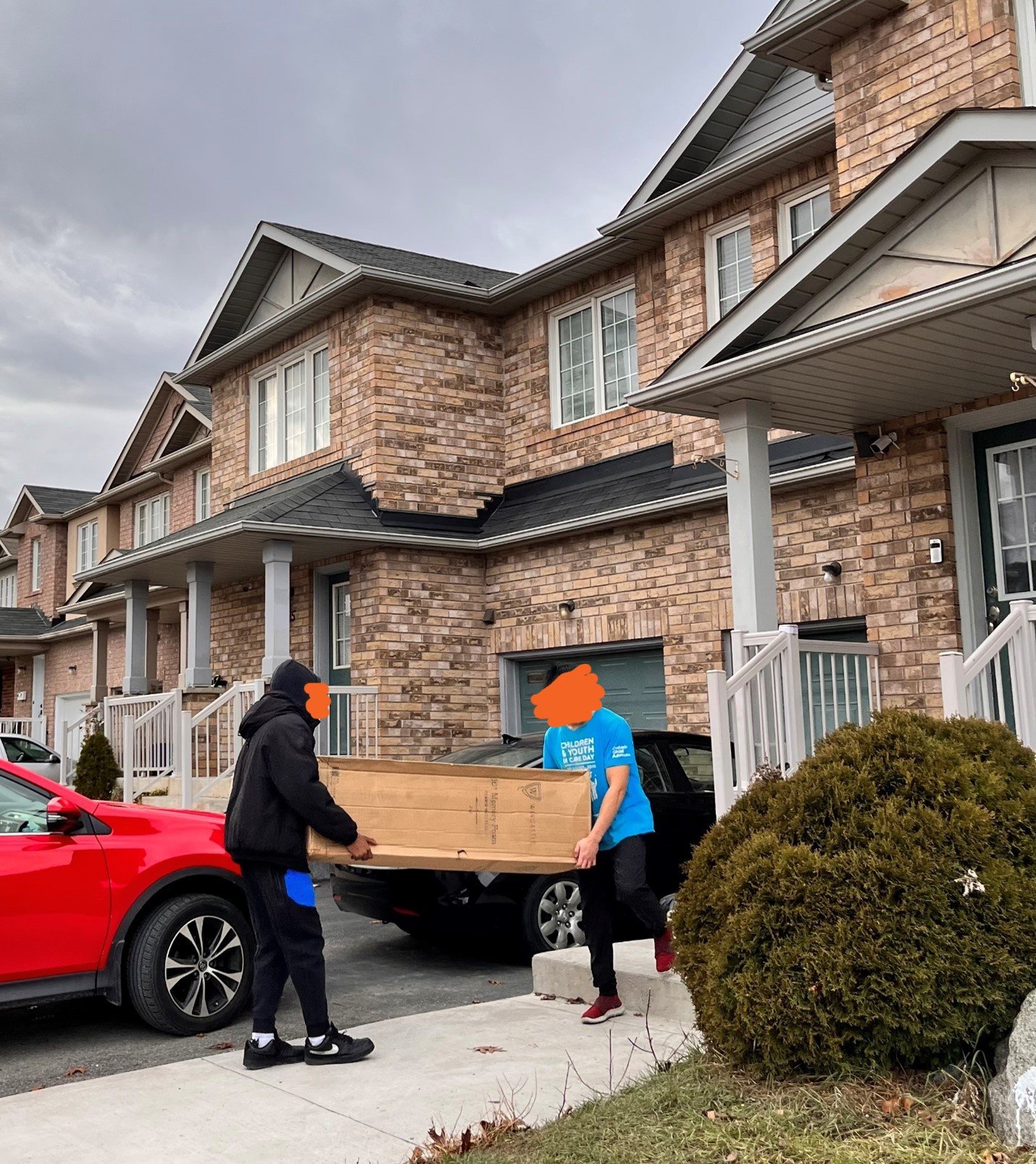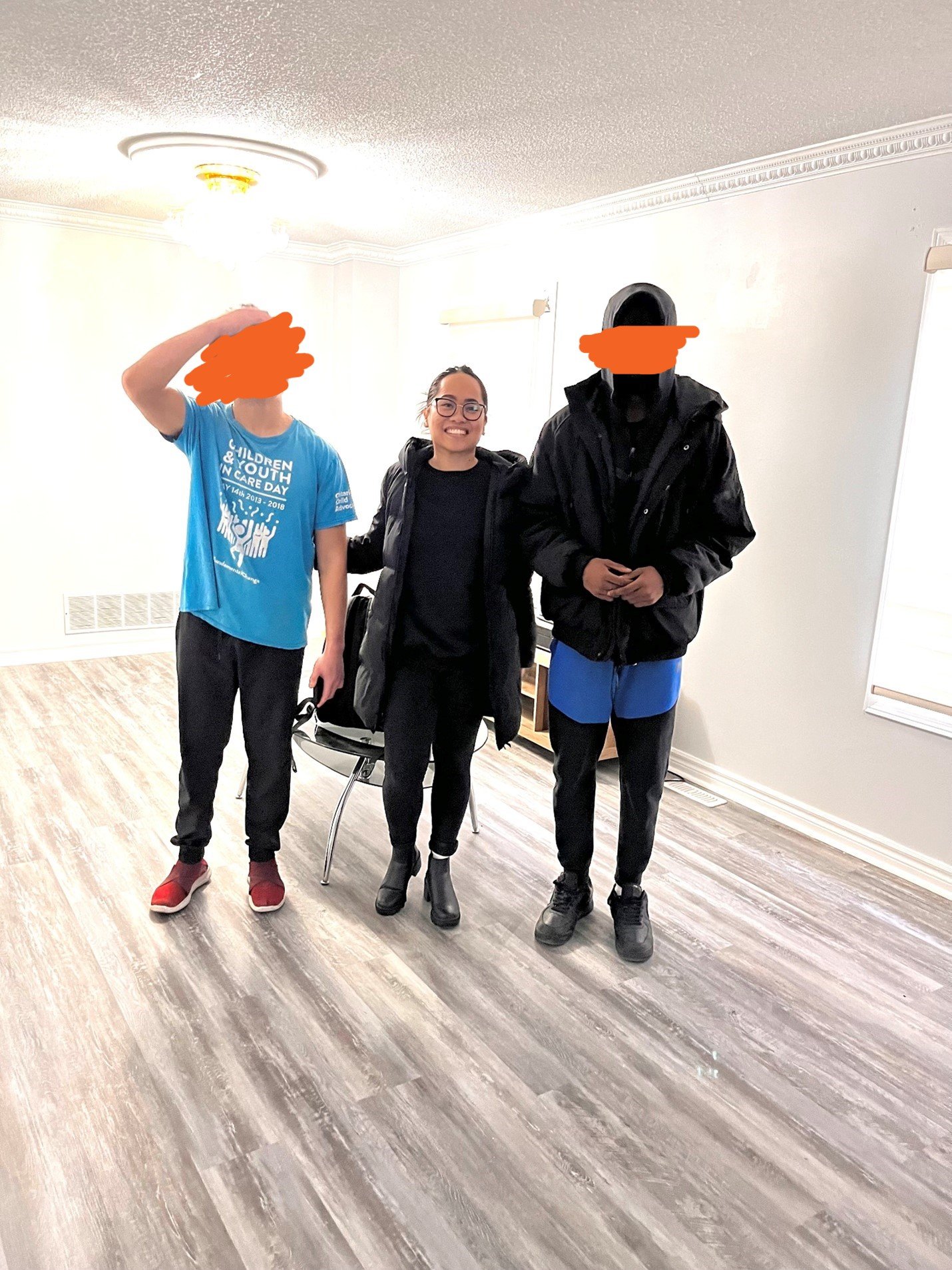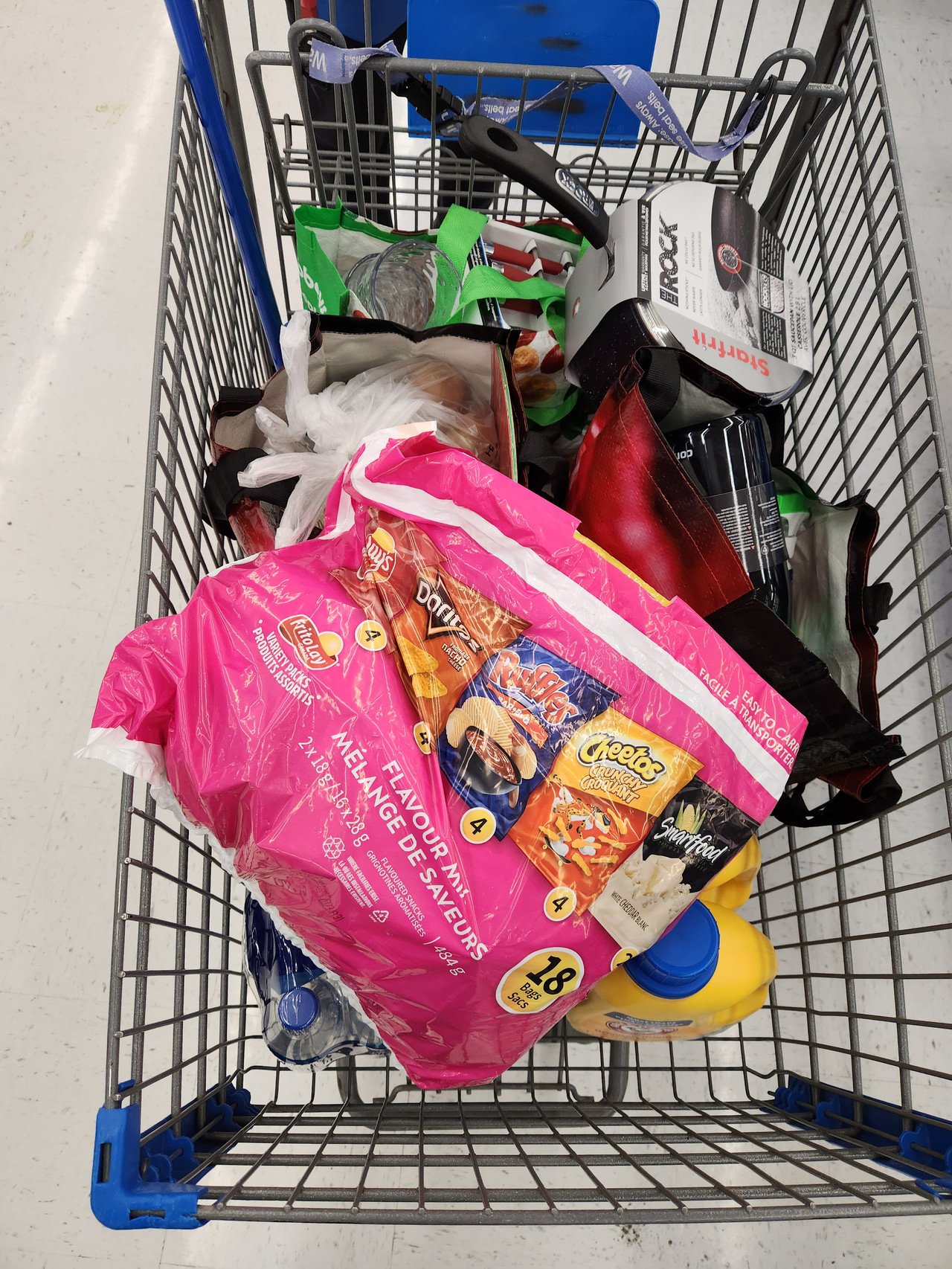Unhoused Youth Crisis
MOVE-IN DAY
Here at REST, we celebrate the success stories of our clients, one of those successes being MOVE-IN DAY! This month, Case Manager Alyssa had the opportunity to rejoice over two clients who were placed in housing through the facilitation of REST “I felt nothing but a sense of relief & gratitude. Relieved that after months of worrying where and how we will find landlords that don't mind accepting boys as tenants, a landlord herself reached out about 2 unoccupied rooms she's willing to rent to boys. Aside from that, pure gratitude for REST Centres - for allowing me and entrusting me with the opportunity to be a part of alleviating youth homelessness in Region of Peel.”
"WHAT DO YOU DO?"
All year-round REST have been working extremely hard to raise BIPOC youth out of housing insecurity. There are several challenges, particularly BIPOC youth face; these include racial discrimination, gender discrimination, emphasized when a youth is a black male, the stigma and pre-conceived notions attached to a youth coming from foster care, affordability, and mental health challenges that make securing a job and stable living situation feel near impossible at times.
REST helps to mitigate these ordeals through our understanding of the various factors that can negatively affect a sustained housing situation. We do this by helping our youth with monthly rent subsidies, providing bi-weekly grocery cards, and providing other wraparound services such as tenant education training to help assure a successful tenancy, financial literacy training, decorating on a budget-friendly fashion, and providing mental health support. We focus on building sustainability in our youth’s lives, rather than delivering temporary fixes, though they have their place in our society.
“WHY ARE YOU HELPING THEM?”
We spoke with REST Case Manager, Alyssa Berdan, concerning what she wants community members like yourself to know about our unhoused youth, she shared “the stigmas surrounding the topic are not inaccurate, but rather simply out of context. Homeless youth are often the youth that are overlooked and hide their homelessness behind inability to maintain and sustain employment and housing, consistent absences in school, and lack of productivity and motivation. Homeless youth are stigmatized and are linked to negative patterns of behaviors which often creates barriers for youth to land great opportunities that can help them transition into a better life.”
“BUT THEY BROUGHT IT ON THEMSELVES”
There is a common perception that homeless youth are just rebellious delinquents, unwilling to heed to the leadership of their parental figures. But Case Manger Alyssa knows the reality to be different, “not all homeless youth are problematic and cannot get along with their guardians/parents. Some have been unfortunate victims of abuse and residing in a homeless shelter meant safety for them. Some simply struggled with housing and food affordability and unemployment” Alyssa voices.
Another factor to consider are the common misbehaviors observed with some youths, that the misattuned mind may take for something it really isn’t. Case Manager Alyssa continues, “homeless youth may struggle with work/school attendance, not because they’re lazy, but because their basic needs are not met. Whether it be unstable housing, poverty, food insecurity, as well as simply not having familial/social support. Different factors that intersect with homelessness automatically puts our unhoused youth (not lesser than anybody else) in a powerless position in society that makes it hard for them to thrive & do things that “regular” youth who have their basic needs met, are able to accomplish easily.”
“SO, LET’S GET THEM A HOUSE!”
Case Manager Alyssa thinks youth homelessness embodies more than just the lack of shelter. She says, “it’s deeper than that. It’s financial illiteracy, it’s childhood trauma, it’s food insecurity, it’s the system failing them, it’s the school system not checking on the non-participating student in class to make sure that they’re okay, it’s service providers that let them down, it’s poor mental health, it’s talent, intelligence, passion and intellect just waiting for someone to believe in them, to invest in them, and to give them another chance to simply flourish into independence & greatness.”
“HOW CAN I HELP?”
For some of you, this story may be an awakening to a new perception of our homeless youth population. To others of you, this is simply a reminder to be a knowledgeable, understanding, and active advocate on behalf of some of our youth without ‘a voice’. Some of the ways you can help to resolve the issue of BIPOC youth homelessness in Peel includes, becoming a Bridge Builder (community landlord), providing a vacant room or basement with the mediated support of REST team members and a REST provided monthly rent subsidy. REST also provides tenant education training instructed by REST staff to help ensure a mutually-positive tenancy.
Other ways to contribute to our mission to end black youth homelessness in Peel, is by becoming a monthly donor or by giving a one-time donation to this cause. To begin your monthly giving, or one-time donation, please visit Services — REST CENTRES. Thank you. Your service for our youth community facing homelessness matters.




